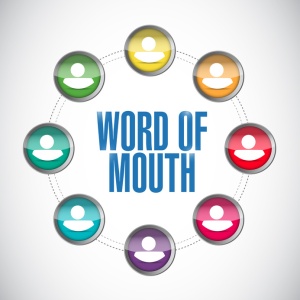Pass Along Rate is a powerful and highly useful measure of word of mouth marketing. Word of mouth marketing itself is a very powerful form of marketing and way to create buzz and hype – but it’s also not very easy to monitor. Thus PAR is something that all marketers should familiarise themselves with.
One of the most powerful and effective forms of marketing is word of mouth marketing. This is a particularly organic and natural way to spread the word about a product, service, or website. It means that people like your offerings so much that they want to tell others about it. They aren’t waiting for incentives or being paid to promote you – they are doing it of their own volition because they think what you’re doing is good!
There are things a business can do to increase their likelihood of benefiting from this form of marketing. That might mean creating something that is sharable in nature, or it might mean creating something with a very obvious USP (unique selling point) – something so different and exciting that people just have to tell people about it! Likewise, you can offer incentives for referrals, as many services and brands do.
But you also need to be able to measure this effect in order to know if it is working and in order to know how to continue seeing the results you are looking for.
Pass Along Rate is the measure you use. This tells you how many people who enjoy your content will go on to ‘pass it on’. In the world of content marketing this might mean looking at things like likes and shares. However, it is much harder to quantify this when looking at a product or a website.
One way to calculate a rough pass along rate is to use surveys. Ask your customers or buyers to tell you how they found your site or your product/service and make sure to include the option for ‘referred by a friend’.
